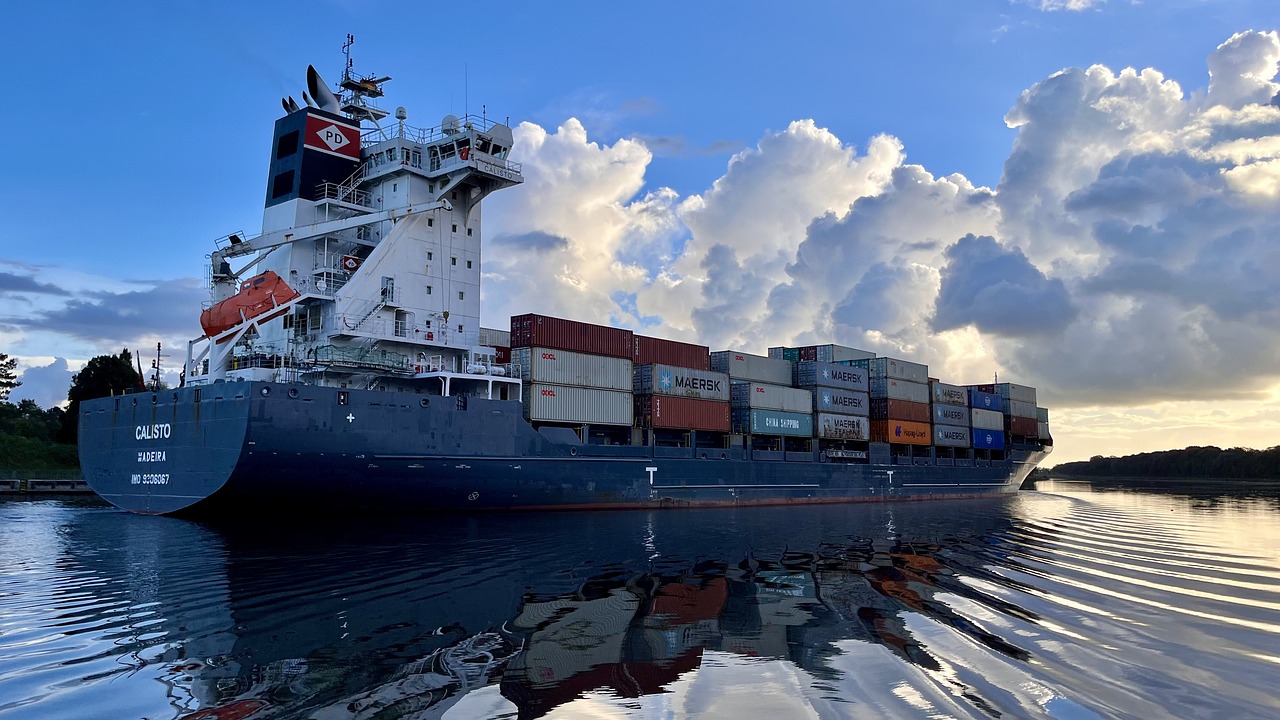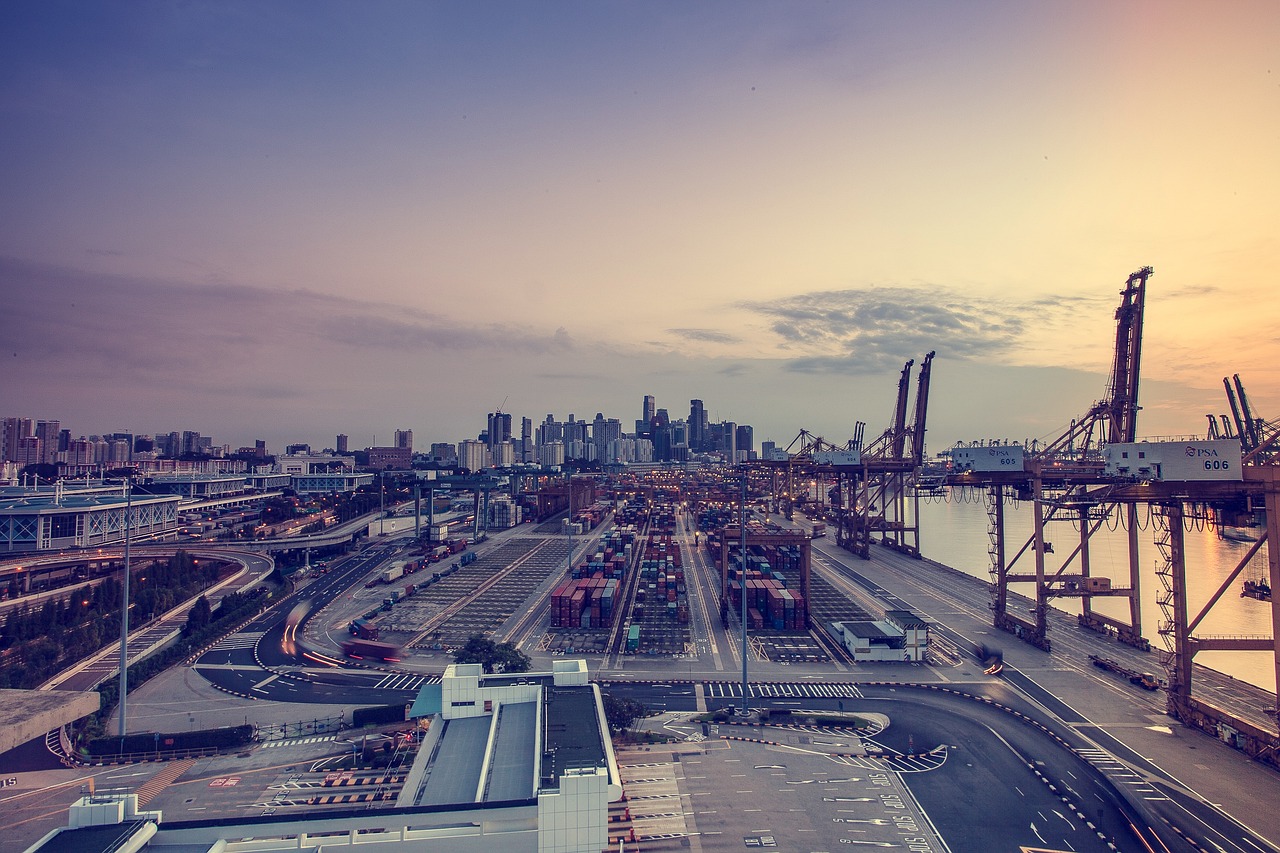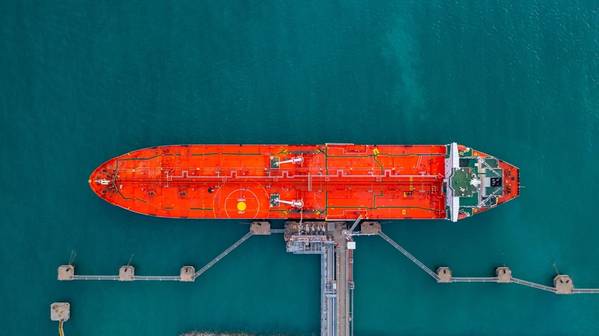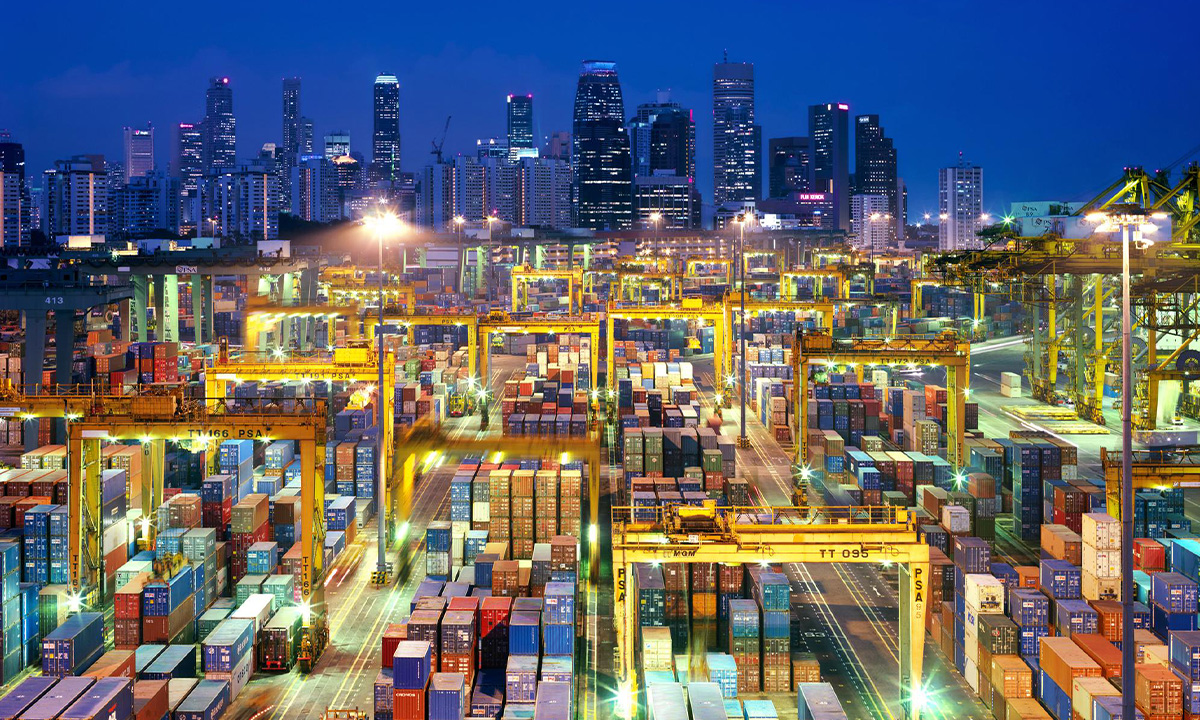With the FuelEU Maritime regulation taking effect in January 2025 and the International Maritime Organization’s (IMO) 2050 net-zero emission target approaching, dual-fuel engines have become a critical tool for coping with increasingly stringent emission regulations.
However, Philippos Ioulianou, Managing Director of EmissionLink, a shipping emissions compliance service provider, stated in an article for Splash that there is a hidden risk in the application of dual-fuel engines: having a dual-fuel engine does not mean being prepared for a zero-emission future. Properly managing these engines requires meticulous operation and monitoring systems—if handled improperly, it could lead to double the trouble.
For example, flexible configurations for /Very Low Sulphur Fuel Oil (VLSFO) or methanol/Marine Gas Oil (MGO) can help operators respond to regional regulations, fuel price fluctuations, and emission limits. Yet, this flexibility also introduces complexity: fuels like VLSFO degrade quickly, and if crew members do not closely monitor their quality, it can lead to engine performance issues or even non-compliance situations. Switching between fuel types also needs to be executed perfectly; any mistake could damage the engine or cause a sudden spike in emissions. Furthermore, the engine must maintain stable performance under different combustion conditions—and conditions can change at any time during a voyage, which is no easy task.
Moreover, the FuelEU Maritime regulation elevates compliance requirements from annual reporting to a per-voyage level review. Real-time data is no longer a “nice-to-have” but a mandatory requirement. Operators must know exactly what fuel is being used where and how it is performing; they need to prove that emissions are within limits and be able to detect and resolve issues before they escalate. Decarbonization has become a daily imperative, and those still relying on spreadsheets or experiential estimates are already falling behind.
Philippos Ioulianou believes that this level of strict scrutiny demands standardized data management. Therefore, specialized tools are needed to help operators integrate real-time emission data, match it with fuel usage, and provide trusted, auditable records for regulators and commercial partners. Without such systems, shipowners risk incomplete logs, reliance on manual reporting, and unverifiable claims—all of which are useless in a compliance audit.
But this is not just about achieving compliance. If managed properly, dual-fuel engines can indeed deliver tangible commercial benefits. For instance, the strategic use of cleaner fuels on EU voyage segments can generate EU Fuel Compliance credits, which can be stored, traded, or used to offset emissions from other parts of the fleet. Additionally, charterers are now highly focused on this: they require reliable real-time emission data, as well as transparency and traceability during fuel switching processes.
This is now being written into charter party clauses. A recent report from London law firm HFW noted an increase in claims related to the management of dual-fuel vessels—traditional fuel not being used within its shelf life, rendering it unusable and necessitating offloading. This situation poses a significant risk for charterers, as the loss in value from offloading fuel is typically not covered by insurance.
Consequently, the responsibility for fuel management and reporting has become a contractual obligation. Shipowners who cannot back up their claims with data may be excluded from premium charter contracts; those who can may gain priority access to green corridor resources and ESG (Environmental, Social, Governance)-linked cargo shipping opportunities.
Philippos Ioulianou also pointed out that currently, many vessels equipped with dual-fuel engines are not fully compliant. Fuel operation procedures are inconsistent, data is incomplete, and crews are not always fully prepared. In such cases, there is naturally no clear strategy to turn regulatory pressure into a commercial advantage.
The next 12 months will reveal who is taking decarbonization seriously and who is merely hoping for “newer engines and cleaner fuels.” But the reality is, these alone are not enough—tracking systems, specialized personnel, and execution strategies are also required.
He concluded that in this new regulatory era, the inability to effectively use clean fuels is still a failure, potentially turning decarbonization solutions into a new burden.




